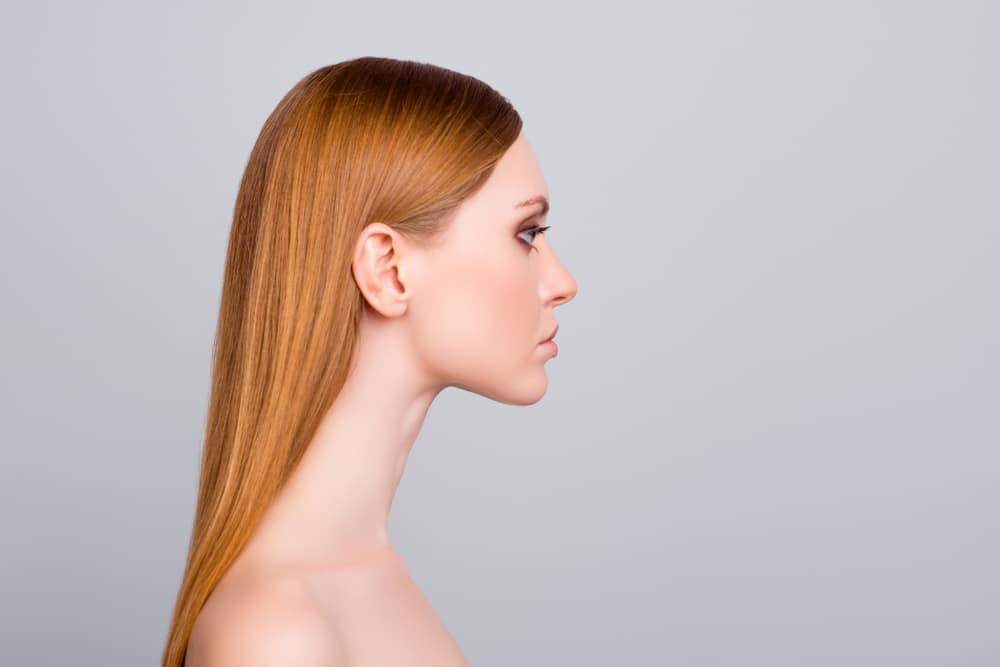Scar tissue is caused by an overproduction of collagen produced during the body’s natural healing process after a skin injury. Scars are unavoidable aspects of surgery or injury, and poor healing may cause scars to be unsightly. When this occurs, scar revision can help to improve the scar’s appearance.
What is Scar Revision?
Scar revision surgery can minimize the appearance of a scar so that it blends more evenly with the surrounding skin. While scar revision can help to improve the aesthetic appearance of a scar, it cannot eliminate the appearance of the scar completely.
How Does Scar Revision Work?
Scar revision can be achieved using many methods, including topical treatments, injectable treatments, and surface treatments. The type of cosmetic treatment used will depend on the severity of the scar, the type of scar, and the size and location of the scar.
Types of Scar Revision Treatments
Topical Treatments
Treatments such as gels, external compressions, or tapes can be used to help to treat surface scars and discoloration. Topical treatments can also help scars to heal properly after scar revision procedures.
Injectable Treatments
Depressed scars and some acne scars can be corrected with dermal fillers. Depending on the type of injectable used, results can last anywhere from three months to several years. Steroid injections can also be used to reduce the formation of collagen and can, therefore, change the size and texture of scar tissue.
Surface Treatments
Surface treatments such as dermabrasion, chemical peels, laser treatments, and skin bleaching agents can help to improve the cosmetic appearance of scars. These skin rejuvenating treatments are especially helpful for acne scar removal, hypertrophic scars, and other forms of superficial scarring. They can restore healthy skin to improve the appearance of scarring and other types of superficial skin imperfections.
Layered Closure
In some cases, old scars can be removed surgically to improve the appearance. Surgical scar revision may also be needed for thick keloid scars. Layered closure is a technique that is used where an excision needs to be created below the skin’s surface. Absorbable sutures will be made below the skin in layers until the surface would is completely closed.
Scar Revision Results
Results from scar revision treatments are long-lasting. Final results may take several months to become apparent as the scar heals and fades. Multiple treatment sessions may be needed depending on the severity of your scarring.
What is the Cost of Scar Revision?
Prices for scar revision procedures can vary. A surgeon’s cost for scar revision may vary based on his or her experience, the type of procedure used, as well as geographic location. For more information regarding the cost of scar revision, please contact us today.
Schedule a Consultation in Denver & Lone Tree
A consultation at FacesFirst can help determine if you are a good candidate for scar revision. Contact our Denver or Lone Tree office today at 303-744-2300 to schedule your consultation.
Frequently Asked Questions
How long does it take to heal from scar revision?When can I go back to work after scar revision?Can you shower after a scar revision?How can surgical scars be removed?How do they do scar revisions?Is scar revision safe?Are scar revisions covered by insurance?How much does scar revision cost? |






 Call Us
Call Us